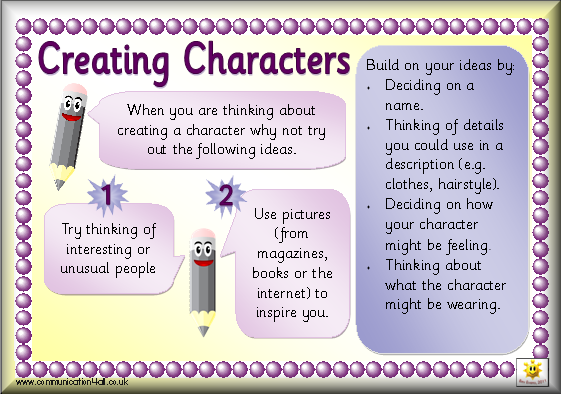

This also reveals the great disadvantage of interactive fiction.ĭespite the interactive advantages a 2nd person narration has over 1st and 3rd it is also important to mention the limitations.įirstly, the reader has been placed in the position of the protagonist but they do not have free will. This is continued in the next sentence where it says “You stop off” – the language makes it seem as though the reader has made a conscious decision themselves to step off the staircase. There is no mention of a character nor does the text say ‘your avatar is looking up’. So from the above extract the reader is being told that they are looking up a staircase. Also because the reader is ‘being’ the character they can assume that the story they are experiencing is from a reliable narrator. This is achieved by directly addressing the reader with the pronoun “you” and using a present tense to keep the actions active. It gives the impression that the reader is not looking through that character’s eyes, as in a 1st person narration, but that they actually ARE that character. The door opens to a large room which contains a comfortable, made-up bed.” (Livingstone 2002, Event 21)Ī 2nd person narration places the reader directly in the shoes of the protagonist. You stop off at the first floor and walk along the landing to a door. “Looking up, you see that the staircase goes all the way up to the top of the tower. is to take a passage from the fighting fantasy game book City Of Thieves and use it as a base for analysis. The easiest way to show you why second person aids interactivity. However, when it comes to techniques that increase the interactivity in a narrative the POV will often change to 2nd person. The most common points of view (POV) used in classic novels and storytelling are the 1st person and 3rd person narration. If you haven’t read that article yet then I recommend reading it first. After all it is important to remember that a narrative is “someone telling someone else that something happened” (Smith 1981, p228) this is true even when using Ryan’s theory of narrative defined in the article “What Is An Interactive Narrative”. In the above quote Bennett and Royle state that most narrative theory revolves round understanding the type of narrator who is telling the story. “Much of the work in narrative theory has involved attempts to discriminate among differed kinds of narrators (first person or third person, objective or subjective, reliable or unreliable, so-called ‘omni-scient’ or not, together with questions concerning his or her ‘point of view’, his or her ‘voice’ and so on).” (Bennett and Royle 2009, p58-59) It’s important to know that the point of view and authorial voice used by a writer can greatly affect how a narrative is perceived by the reader.įirst, let’s investigate narrative voice and its use in The Novel – both classic and interactive. There are important techniques used when writing interactive fiction that are different to those used when writing a “classic” novel. This type of story writing is known as interactive fiction. For more information about our partners, see the FAQ below.Or maybe you want to write an interactive ‘fighting fantasy’ novel of your own? Additionally, learners who complete an assignment will receive 30% off membership at the online writing community Scribophile. Thanks to our sponsors, upon completion of their first assignment, learners in each course will receive up to an 80% discount from Write-Bros and a 30% discount off their first purchase from Scrivener to use on their writing software. Through 4 courses focused on a key aspect of writing, and taken in any order you choose, you will develop a stronger ability to not only refine your writing, but critique writing in general and find inspiration in the works you are already reading. Whether you have a finished novel sitting on your desk calling for a fresh look or have had the germ of an idea for a decade, this Specialization gives you tools to achieve your goal. Our courses are designed for anyone from the aspiring short story writer to established novelist. In the Capstone, you will draft, rewrite, and complete a substantial original story in the genre of your choosing. You will analyze and constructively evaluate peer writing. You will master the techniques that good writers use to compose a bracing story, populated with memorable characters in an interesting setting, written in a fresh descriptive style.

This Specialization covers elements of three major creative writing genres: short story, narrative essay, and memoir.


 0 kommentar(er)
0 kommentar(er)
